Minor injuries like abrasions are common in any physical activity, whether playing high-impact sports like soccer or basketball or lower-impact ones like golf or bowling.
These wounds usually result from impact, friction, or contact with hard surfaces. They could happen from falling, being hit by a ball, touching a rough surface, or using damaged sports equipment. The result? Abrasion or broken skin, sometimes bleeding, and painful.
The most commonly affected areas are the head, torso, and lower legs. These injuries are often called road rash, raspberries, or turf burn.
Symptoms of Abrasions
- Pain, burning, or stinging sensation.
- Red, abraded, or bleeding skin.
- Mild swelling or warmth around the wound.
- Open wounds with tiny exposed nerve endings.
First Aid for Sports Injuries
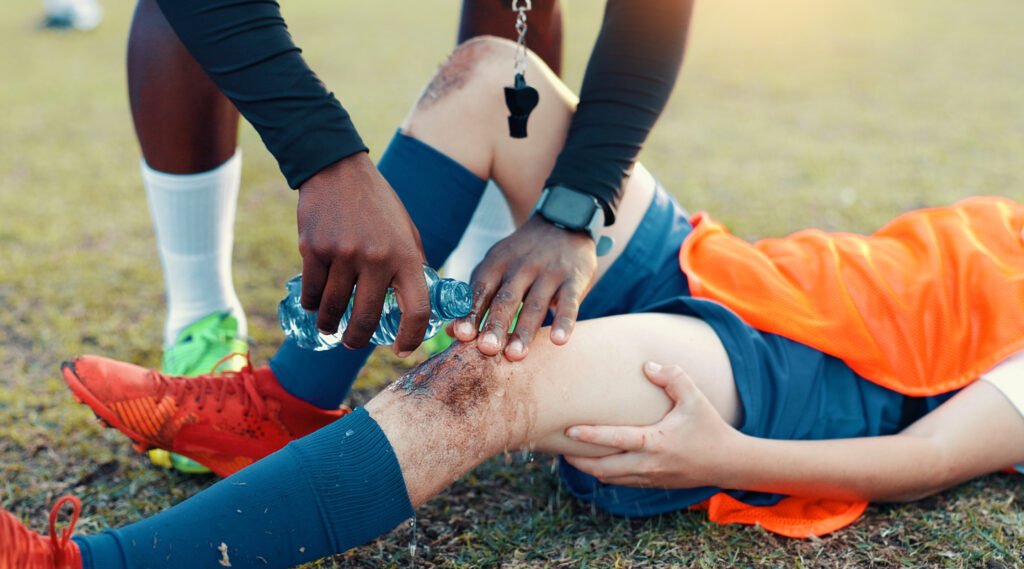
To prevent infection and speed up healing, take these steps right away:
1. Stop the bleeding
Apply gentle pressure using a clean cloth or gauze. If possible, elevate the injured area to help reduce blood flow.
2. Clean the wound
Gently rinse with clean water. Use soap around the wound (not directly in it) to clean the area. Remove any visible dirt. If needed, flush the wound gently to remove debris.
Use an antiseptic spray like wund+™ Wound Spray to clean the wound without causing stinging.
3. Apply an antibiotic or antiseptic ointment
Apply a thin layer to help prevent infection and keep the wound moist. Avoid applying too much.
4. Cover the wound
Use sterile gauze or a bandage. This helps protect the wound from infection and creates a moist environment that promotes faster healing.
Leaving wounds exposed can lead to scabbing, dryness, and reopening of the wound with movement.
5. Watch for signs of infection
Look out for spreading redness, increased swelling, pus, or worsening pain. If you notice any of these, seek medical attention immediately.
Apply wund+™ Regeneration Cream to speed up the healing process and reduce the chance of scarring.
Never leave an open wound unprotected, especially if you plan to continue physical activity.
Healing Time and When to Return to Sports
Depending on severity, minor scrapes usually heal within 1–3 weeks. With proper care, you may return to activity fairly quickly—sometimes even the same day, if the wound is small and doesn’t hinder movement.
**
Abrasions from sports are common, but that doesn’t mean they should be ignored. Prompt and proper treatment helps the wound heal faster, prevents infection, and reduces the risk of scarring.
With the proper care, you’ll be back in action soon!
References
Hytape. Accessed in 2025. Managing Sports-Related Cuts and Abrasions to Keep You in the Game.
Sportmed Today. Accessed in 2025. Abrasions.







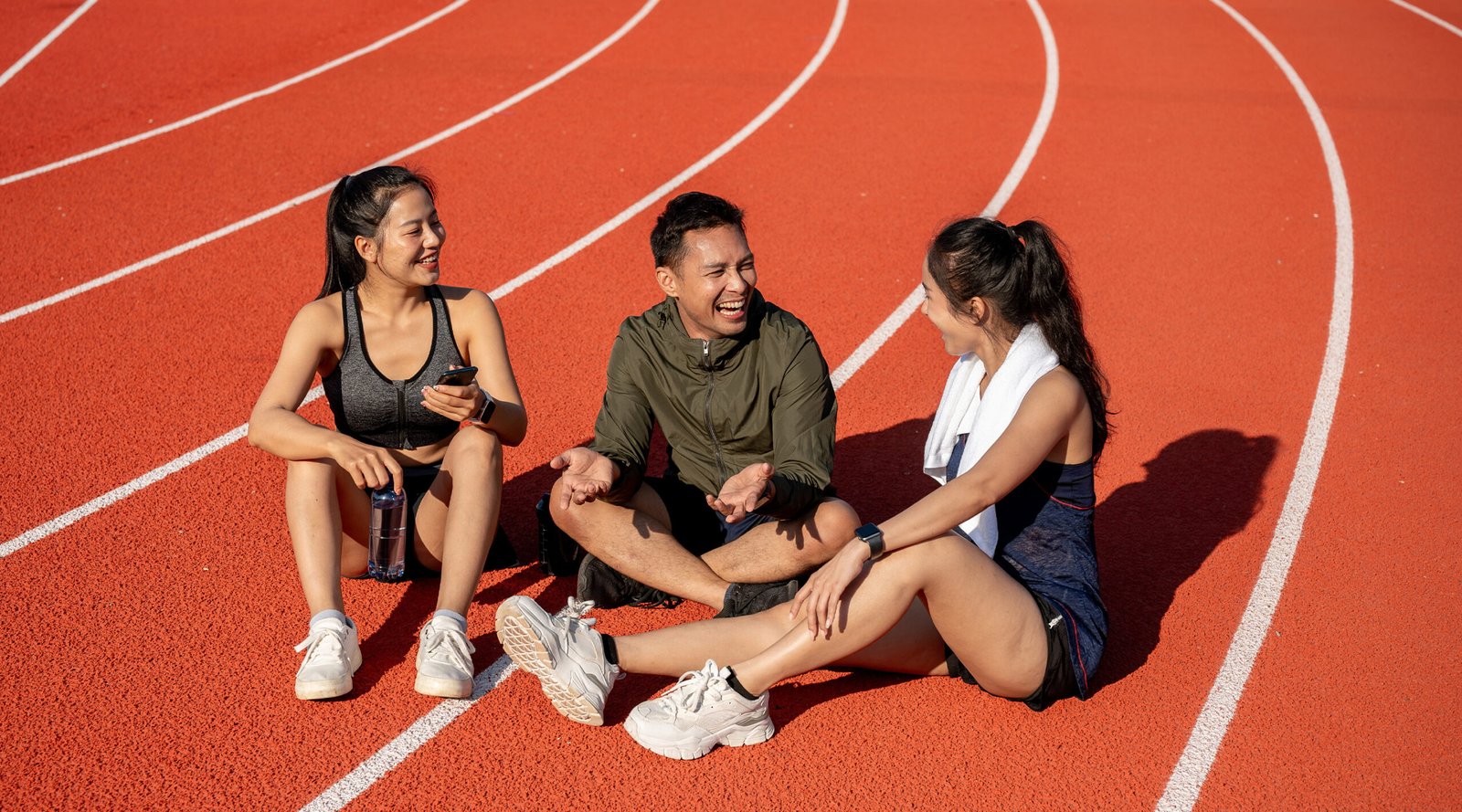
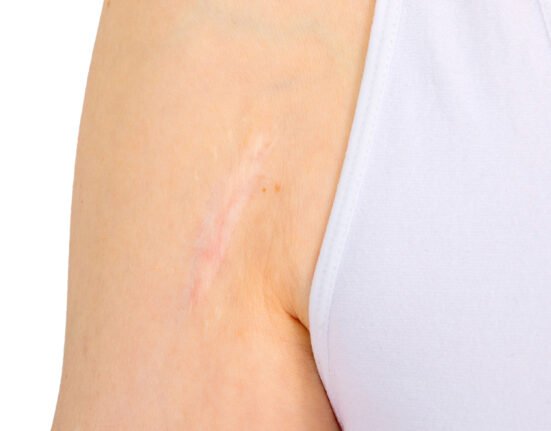
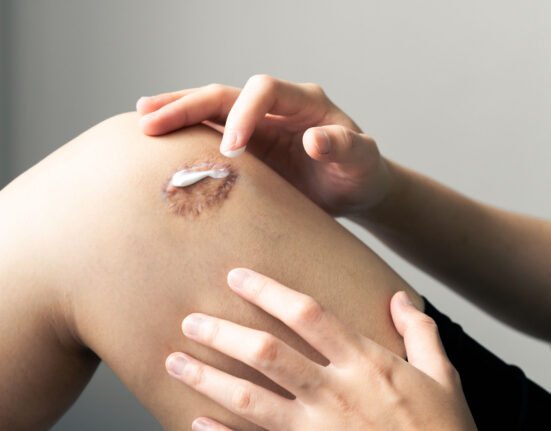
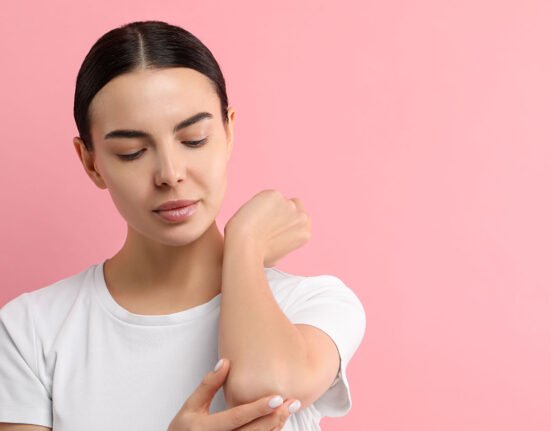



Leave feedback about this